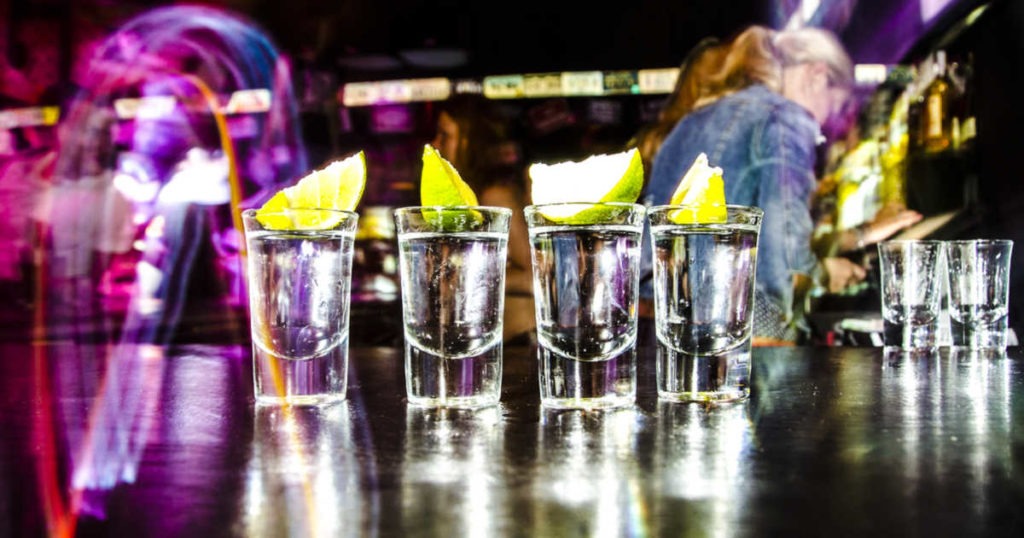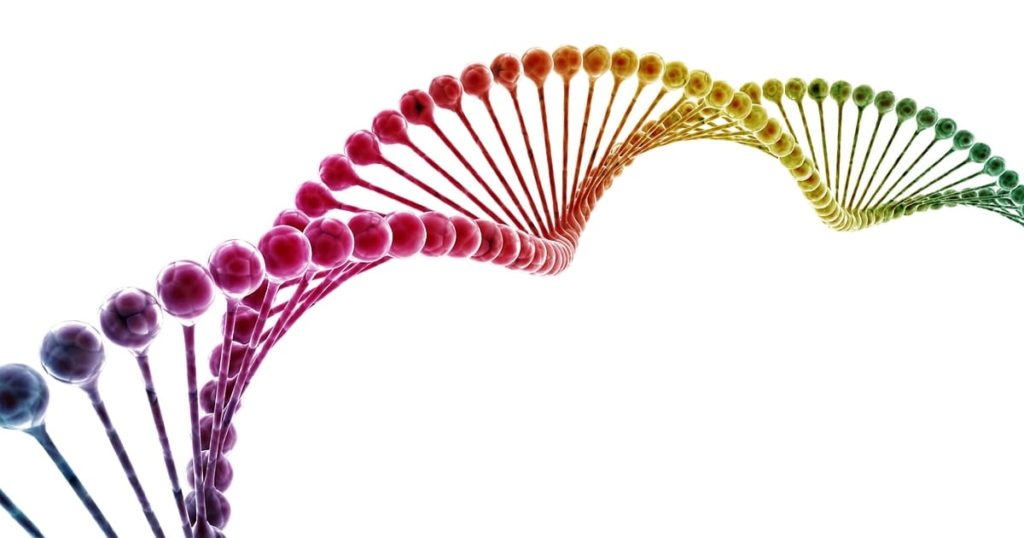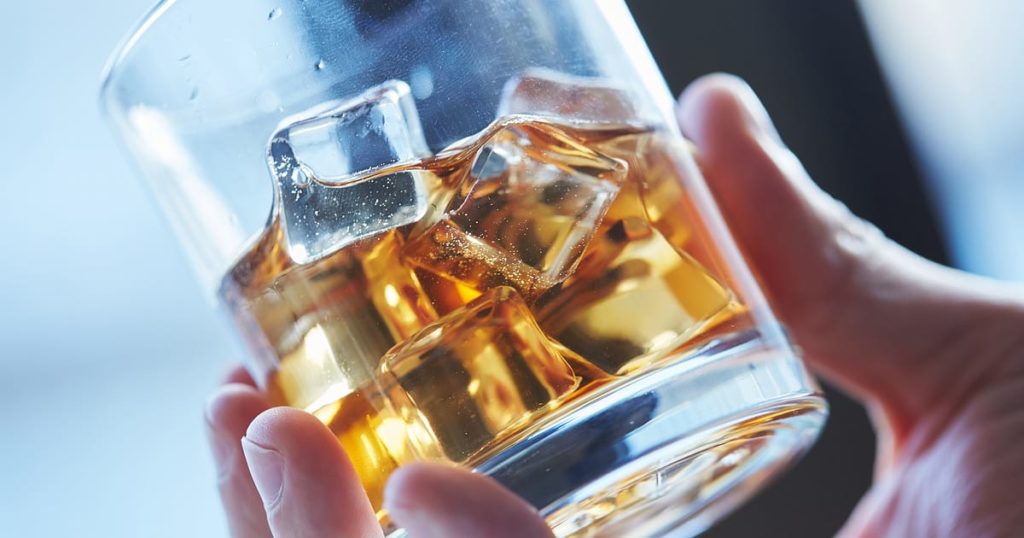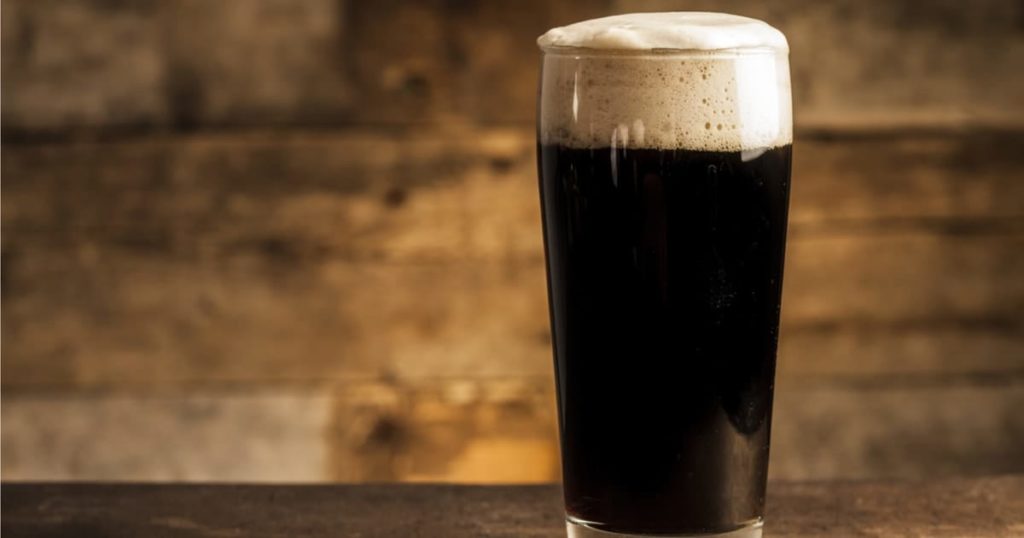Many young people today have been asking: does alcohol ruin your liver? The truth is, every drink of alcohol you consume takes a toll on your liver. Binge drinking and chronic alcoholism can destroy your liver and can actually lead to death. According to the Centers for Disease Control and Prevention, there were 19,388 alcohol-induced liver disease deaths in 2014.
What Is Alcohol-Induced Liver Disease?
Alcohol-induced liver disease occurs when the liver suffers from severe scarring. There are several different forms of alcohol-induced liver disease, including alcoholic hepatitis, steatosis, steatohepatitis, fibrosis and cirrhosis. Cirrhosis, the most common form of alcohol-related liver disease, is a state of extreme scarring in the liver that prevents the liver from being able to do its job. The liver is responsible for filtering your blood and detoxifying harmful substances that you ingest or come into contact with. A liver that has been damaged with scarring or cirrhosis is unable to filter your blood and keep you healthy. There are no signs or symptoms of minor liver scarring. Rather, individuals typically do not start experiencing health problems until the damage is severe and irreversible. Symptoms of alcohol-induced liver disease include:
- Ascites (accumulating fluid in the abdomen)
- Bleeding or bruising easily
- Bright, spider-like blood vessels visible on the surface of the skin
- Fatigue
- Hepatic encephalopathy (slurred speech, confusion and drowsiness)
- Itchy skin
- Jaundice (yellowing of the skin or whites of the eyes)
- Loss of appetite
- Nausea
- Red palms
- Swelling in the legs
- Testicular atrophy and breast enlargement in men
- Unintended weight loss
Most patients who develop cirrhosis live for approximately one to two years after their diagnosis.
How Does Alcohol Ruin Your Liver?
Alcohol is technically a toxin. Although it produces effects that many people enjoy — such as relaxation and lowered inhibitions — the body treats alcohol like a poison that must be filtered out of your system. When you drink alcohol, it’s your liver’s job to process it and remove it from your blood stream. Enzymes in the liver convert alcohol into acetaldehyde, a poisonous byproduct that damages your liver tissue. Other processes of alcohol metabolism also damage the tissues and structures in the liver. Once damaged, the liver begins to heal itself, causing scar tissue. Over time, scar tissue accumulates in the liver. However, scar tissue is not functional; it simply holds the liver together in structure. The end result is a liver that cannot function to remove toxins from the body, which causes those toxins to wreak havoc on your health. Research shows that more than two drinks of alcohol per day for five or more years can cause alcohol-induced liver disease. To prevent your risk of alcohol-induced liver disease, limit or seek treatment for your drinking and avoid binge drinking. Your liver works hard to protect you from poisons and toxins like alcohol. Alcohol-induced liver disease is entirely preventable and depends solely on your choices. Sources Bruha, R., Dvorak, K. & Petrtyl, J. (2012). Alcohol liver disease. World Journal of Hepatology, 4(3), 81-90. https://www.ncbi.nlm.nih.gov/pmc/articles/PMC3321494/ Centers for Disease Control and Prevention. (2014). Alcohol Use. https://www.cdc.gov/nchs/fastats/alcohol.htm Mayo Clinic. (2016). Cirrhosis: Symptoms and causes. https://www.mayoclinic.org/diseases-conditions/cirrhosis/symptoms-causes/dxc-20187350 U.S. National Library of Medicine. (2015). Alcohol liver disease. https://medlineplus.gov/ency/article/000281.htm






